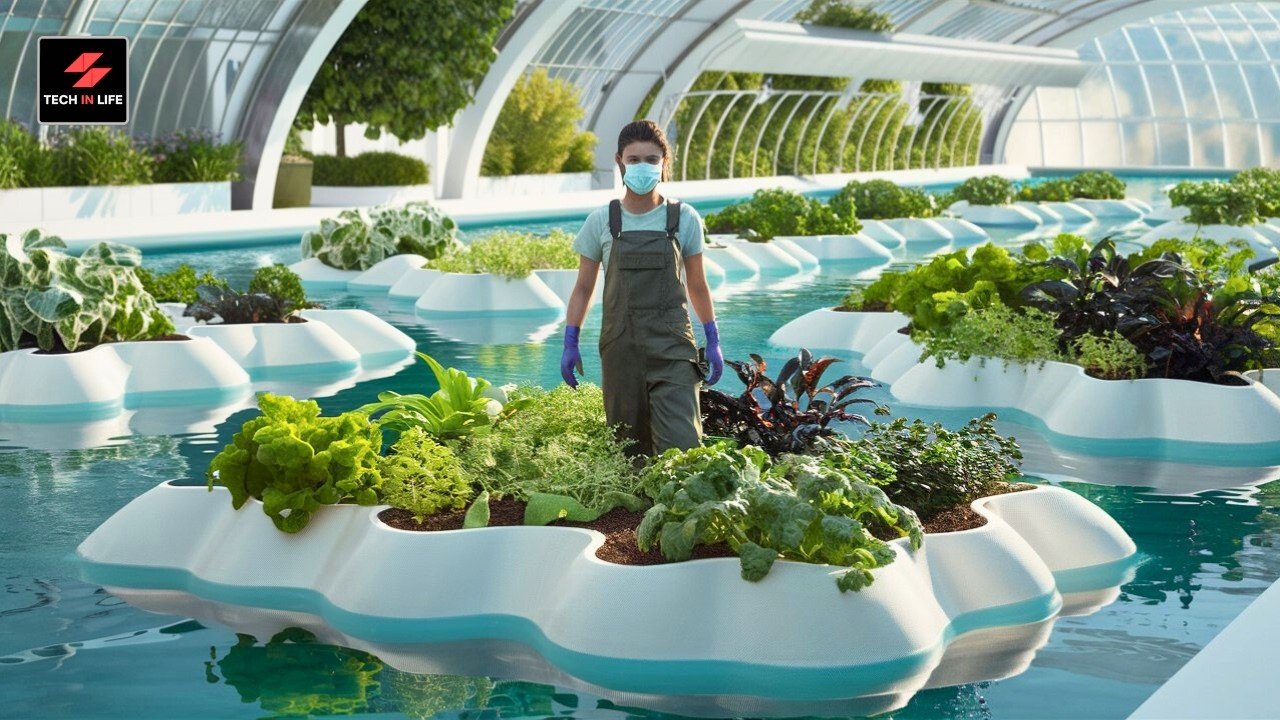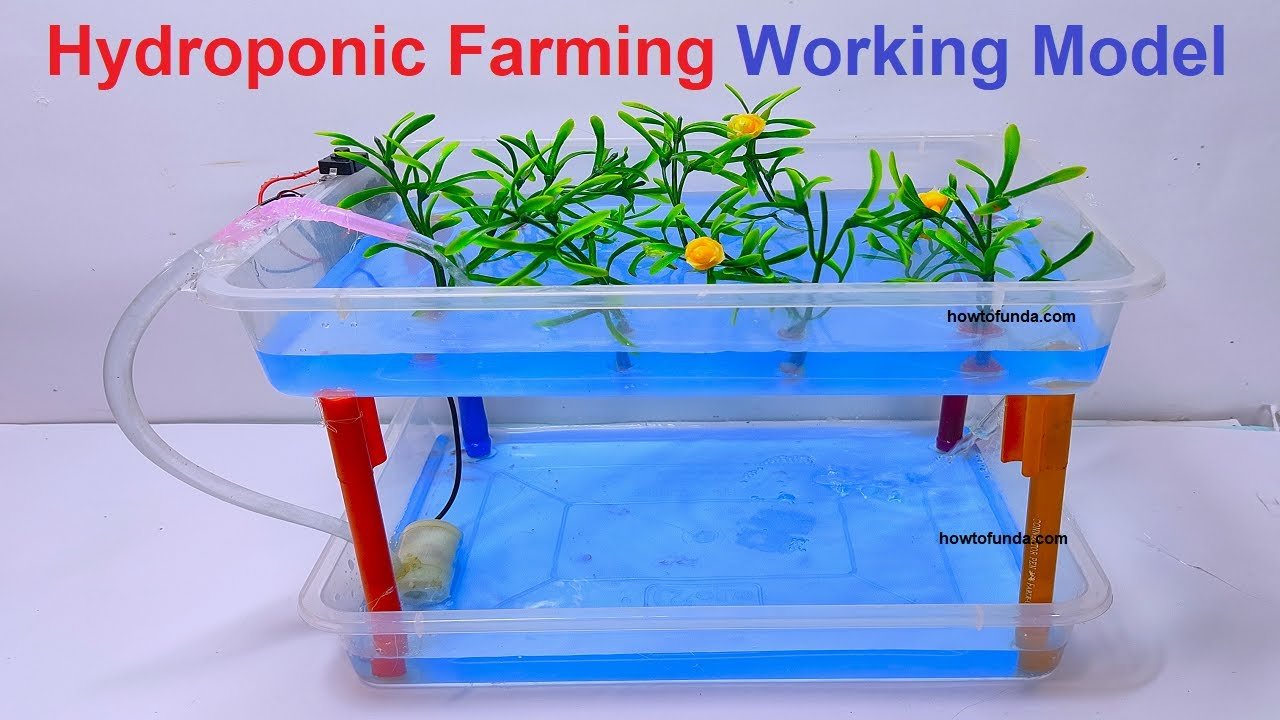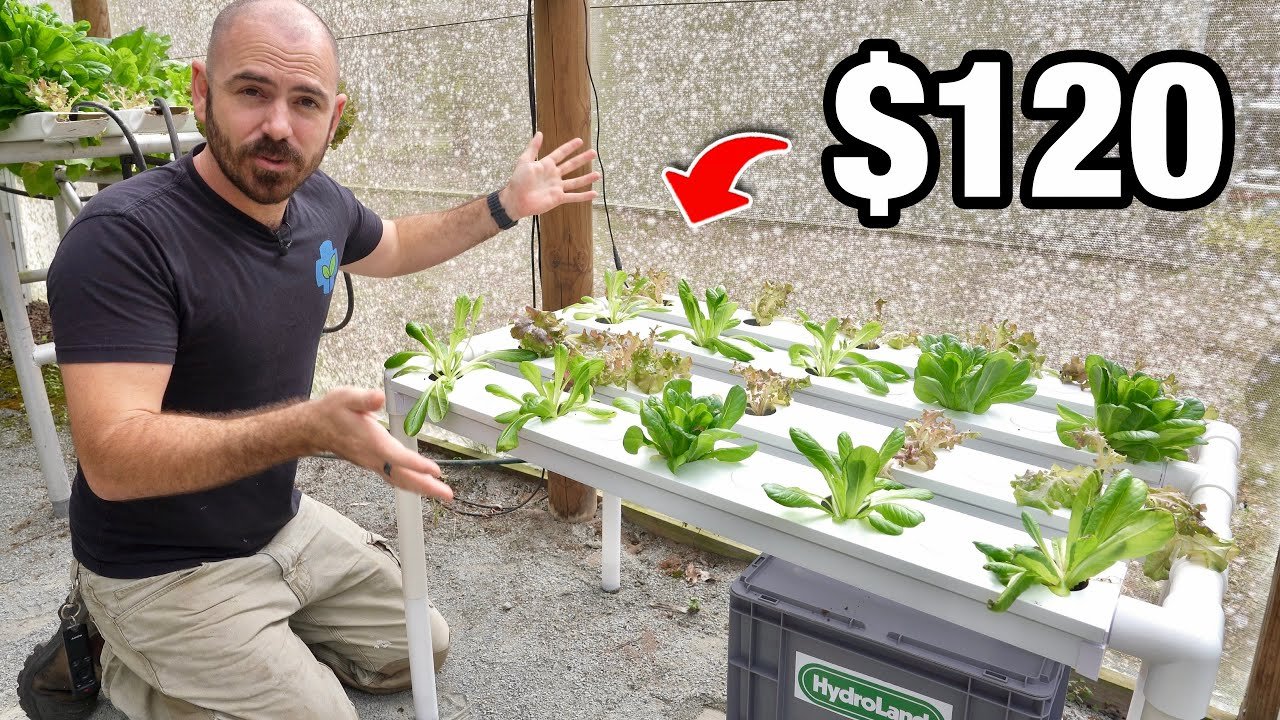The Journey of Growing Hydroponic Avocados in My Backyard
You know, I never thought I’d turn my humble backyard into an avocados oasis, but here we are, and let me tell you, it has been one of the wildest rides of my life. The day I decided to launch my hydroponic avocado adventure was near perfect — the sun was shining, birds were chirping, and I had just downed a cup of mud-black coffee. I was a self-proclaimed suburban farmer, and my visions of lush green trees heavy with avocados took root in my mind.
The Initial Idea
It all started when my buddy Jake, who lives two towns over, raved about his aquaponics system during one of our beer nights. I was captivated. The thought of raising fish and growing food at the same time sounded incredible, almost magical! Not to mention, the idea of having avocados right outside my door seemed a bit too good to pass up. My first mistake? Jumping into it without doing much research.
I scrounged up my essential tools: some old PVC pipes from the shed, a couple of buckets, and, of course, the crown jewel, a small water pump from the garage. It was a relic I found tucked away, probably from one of my dad’s fishing trips when he believed he was going to build a model boat. The pump didn’t even have any specs left on it; just me and my optimism.
Building the System
I figured I needed an aquaponics setup, so I commandeered half my yard. I had visions of it being all lovely and aesthetic, complete with fish swimming in harmony while my avocado plants thrived overhead. I headed over to the local hardware store, and let me tell you, I was in for a surprise. I didn’t have a clue what I was doing but filled my cart with supplies, including an aquarium pump, net pots, and some nutrient solution. The cashier raised an eyebrow but kept quiet. Probably saw a hundred like me.
After a long afternoon of busting my knuckles against rusty tools and contorting my body into unnatural positions, I thought I nailed it when I actually got the PVC pipes connected to the buckets. Filled with water, it looked decent enough. But, oh boy, did the trouble soon follow.
I decided to add a few goldfish, thinking they would serve dual purposes: provide nutrients for the plants and create a serene, Japanese garden vibe. I named them—Tom, Jerry, and Nemo—definitely not a cliché. But the next morning, I found Tom belly-up, looking like he’d just had the world’s worst night. I was heartbroken. What had I done wrong?
The water smelled foul, like a bizarre mixture of dirt and something rotten. I almost gave up right then.
The Fish Fail
In a fit of desperation, I poured in some chemical to clear the water, thinking, “This has to work!” Spoiler alert: it did not. Jumping from one disaster to another, I learned quickly that keeping fish alive in a poorly balanced system wasn’t like watching YouTube tutorials! It’s like trying to herd cats—you can plan, but they’ll do their own thing.
Half a dozen fish later, I settled on some tilapia. They are a bit hardier and can withstand fluctuations that other fish can’t. I also figured I could eat them if it came to that, maybe turning failure into a dinner party story. A bit morbid, but you gotta love self-sufficiency.
The Vegetation Struggles
With the fish situation sort of stabilized—fingers crossed—I turned my attention to the avocado seeds I’d been attempting to sprout. After multiple tried-and-failed attempts, I finally found a method that worked—sticking them in a glass of water. Not exactly hydroculture, but it gave me enough confidence to plant them in my system.
Imagine my surprise when weeks later, I spotted tiny green leaves poking through. I felt like a dad watching his kid take their first steps. But alas, just when I was ready to brag to Jake, the leaves yellowed. Frustration boiled into confused anger as I scratched my head, wondering why my hobby had become a series of unfortunate events.
Turns out, avocados need just the right pH levels in the water, which my untrained eyes hadn’t noticed before. I read somewhere that they like slightly acidic conditions, so I rushed off to the local garden center, purchasing pH strips and various organic additives. Can you believe it? Who knew pH could change the course of avocado glory?
A Surprising Turnaround
Finally, after what felt like an eternity, I mingled my new fish with a balanced ecosystem and tweaked the water quality. Little by little, my avocado plants began to thrive. The thrill of watching them grow has been wild, almost surreal. Today, as I sit here with a mug in hand and a gentle breeze rustling the leaves, I feel a strange sense of pride mixed with humility.
Most days, I still battle random algae blooms that turn the water into a murky green slosh, but I’ve learned to appreciate the unpredictable nature of this hobby. I find solace every time I step outside and see progress, however small.
The avocados are still on the way, but boy, did I get a handful of life lessons instead.
The Takeaway
So, if you’re cooking up the idea to try hydroponic gardening—or aquaponics, who knows?—don’t worry about it being a perfect science. Just roll up your sleeves, let yourself get a bit messy, and dive in. It’s normal to have mishaps, even disasters. Keep your spirits high, and remember: you’ll figure it out as you go.
If you want to join me in this unforgettable journey, participate in the next session or grab your seat. Can’t wait to share a coffee over our mutual latex-gloved triumphs and traumas. You’ve got this!







Leave a Reply